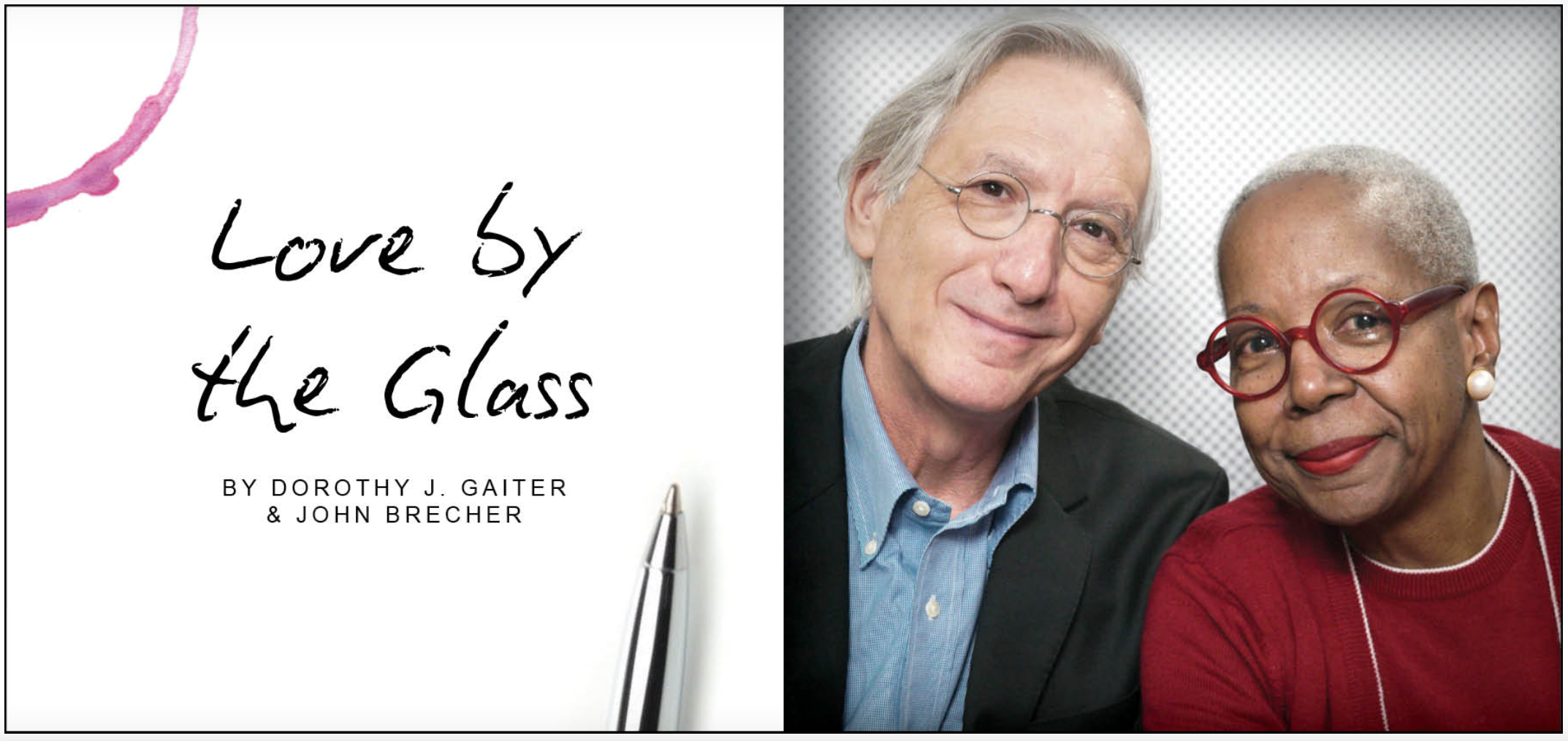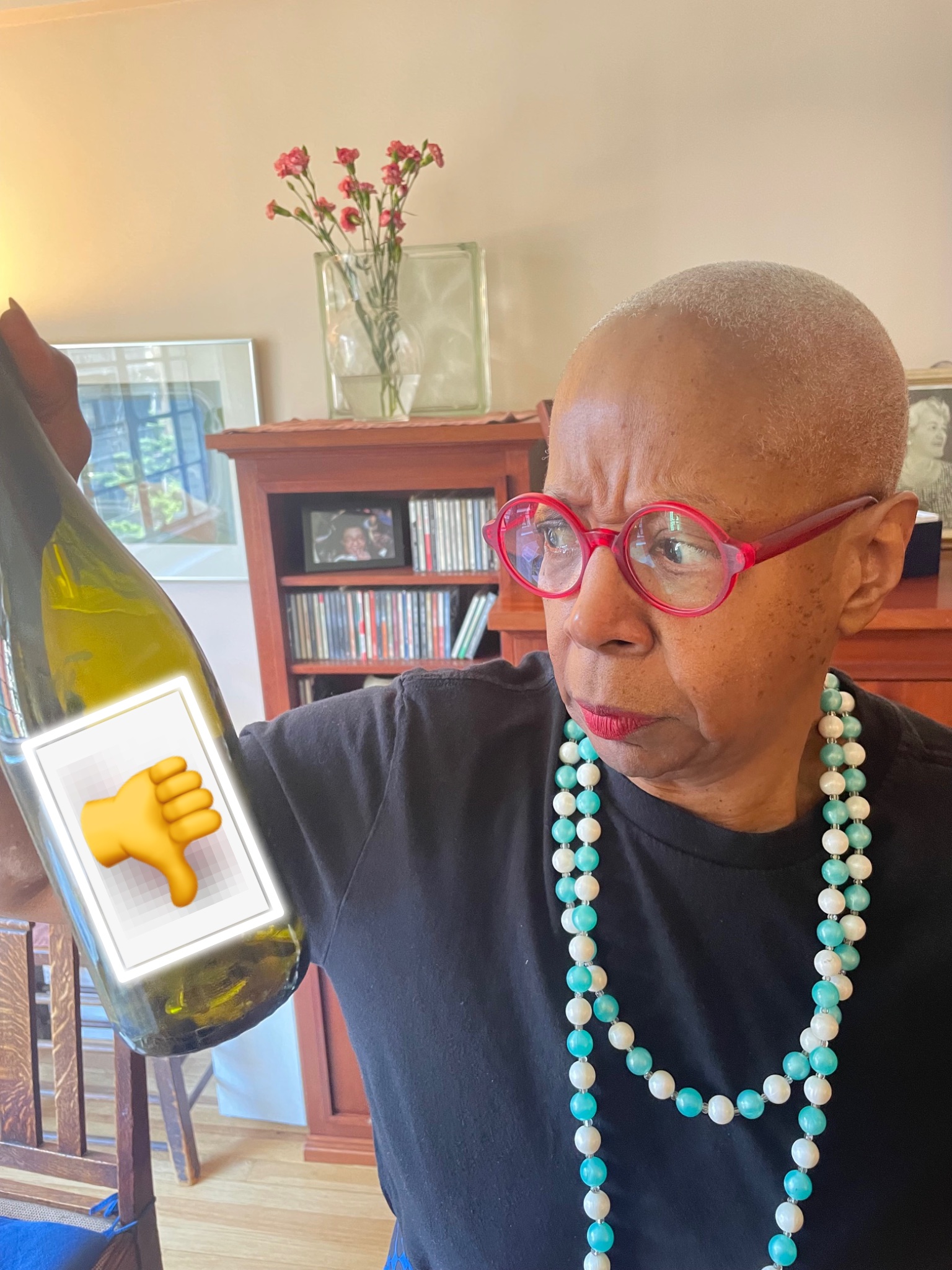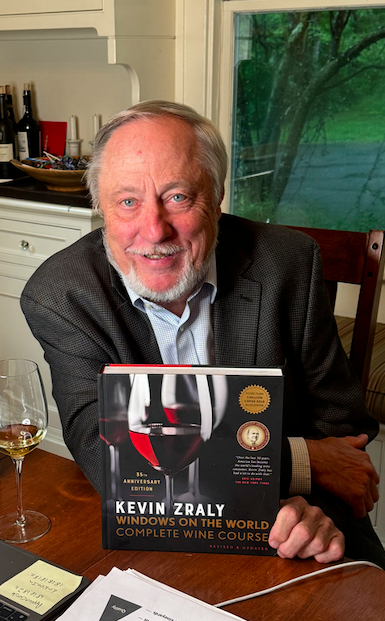
We had a wine the other night that we rated Yech. This is special. When we began taking notes on wines 50 years ago, we created a very personal, and simple, informal rating system. It ranged from Yech to Delicious! In-between were OK, Good, Very Good and Delicious.
Over time, we’d guess the chart of our wines would look like a snake that swallowed something large: Most wines fit in the middle. From time to time, we have a wine that we find Delicious. Of all the wines we taste, just three or four each year rate Delicious! That means the wine didn’t just taste great and was beautifully made and seemed intentional, but that we found it genuinely exciting.
When we had our Yech wine recently, though, we had an epiphany: We have had fewer wines in 50 years that rated Yech than Delicious!
Sure, we have had many wines we didn’t much like, but a Yech is a wine of a different odor. We’re not talking about wines that are corked or damaged by heat or cold or far too old. We mean wines that are just plain bad. This one was sent by the winery.
 From our notes over the years: 1979 Chardonnay. Strange nose and taste. Bananas, beer and plastic. Short finish. Some cream. Strange.
From our notes over the years: 1979 Chardonnay. Strange nose and taste. Bananas, beer and plastic. Short finish. Some cream. Strange.
We don’t read much about bad wines. Wine writers, including us, tend to write about good wines, wines we’d like to share with friends. When some writers and experts parse wines, the differences among the bottles might be subtle, perhaps stylistic, but not generally huge disparities in basic drinkability. Even the famous Robert Parker 100-point scale actually only goes down to 50. We understand that most of the world’s wines are produced by real people with real feelings and a real investment. They deserve the benefit of the doubt. We approach every wine with the hope that it will be transcendent.
1983 Zinfandel. Big, vegetal, overwhelming. Dottie finds it undrinkable. John just finds it clumsy and badly made.
Since we began drinking wine together in 1973, we have often read that the amount of truly bad wine in the world has shrunk because of tremendous advancements in sanitation, technology and winemaking knowledge. We’re sure that’s true. The boatloads of industrial wine that fill many wine stores and supermarkets in the U.S. might be boring and all taste the same, but they seem technically fine and, we’d guess, don’t cause most people to spit them out and yell, “You call this wine?” Not only that, but if those wines mean that more people have bottles on the table with meals or start people on a wine journey, that’s all good.
1991 Pinot Noir. Soft, sweet and a bit bubbly. Thin, spritzy. Not very pleasant and it’s not gonna get better.
2019 Cabernet Sauvignon. HOT! 14.9 but smells and tastes like more, like grappa. We got a bit of fruit but not much and wondered why it tastes like this.
In his book “The World in a Wineglass,” Ray Isle writes about two Sauvignon Blancs from New Zealand, Kim Crawford and Greywacke. He points out that Kim Crawford, now owned by giant Constellation Brands, produces a huge amount of drinkable wine, while Greywacke is a passion product with a vision that’s apparent in the bottle. The Greywacke reveals a sense of purpose and place. We asked Isle about his experience with Yech wines and he wrote:
 "Honestly, I think there's a lot less overtly ‘yech’ wine in the world than there used to be—it's largely been replaced by anonymous, uninteresting, perfectly palatable, corporate-whatever-wine, a subject I talk about in my book. But in terms of actual visceral yech, I definitely recall one afternoon at Wine & Spirits, many years ago, when we went through 15 or so red Vinho Verdes. First, who knew there were red Vinho Verdes? Second, after tasting them, it was pretty clear to me why no one knew about red Vinho Verde—they were almost without exception abusively acidic, fruitless despite their electric purple hue, alarmingly funky, and overall about as much fun as hammering nails into your tongue. Maybe the category has gotten better over the past 20 years, but I've been wary ever since, despite my ongoing love for Portuguese wine in general."
"Honestly, I think there's a lot less overtly ‘yech’ wine in the world than there used to be—it's largely been replaced by anonymous, uninteresting, perfectly palatable, corporate-whatever-wine, a subject I talk about in my book. But in terms of actual visceral yech, I definitely recall one afternoon at Wine & Spirits, many years ago, when we went through 15 or so red Vinho Verdes. First, who knew there were red Vinho Verdes? Second, after tasting them, it was pretty clear to me why no one knew about red Vinho Verde—they were almost without exception abusively acidic, fruitless despite their electric purple hue, alarmingly funky, and overall about as much fun as hammering nails into your tongue. Maybe the category has gotten better over the past 20 years, but I've been wary ever since, despite my ongoing love for Portuguese wine in general."
(Ray Isle)
There’s no accounting for taste, of course. We know there are wines we like that other people do not, and that some wines that are not our cup of tea are widely embraced by others. But let’s be honest: There really are bad wines out there.
2019 Cabernet Sauvignon. Yikes! Like sweet alcoholic syrup!
1985 Chardonnay. All over the place, with an excess of cream. So creamy that it has no other characteristic. Cold, it has some wood and fruit, but is still diffuse. This really got away from the winemaker.
As we thought about this column, we contacted our old friend Kevin Zraly, the author of Windows on the World Complete Wine Course and one of the most influential people in the evolution of wine appreciation in America. We asked if he remembered any specific bad wine or, more generally, had any thoughts about bad wine. He wrote:
“Thanks for jogging my memory of the bad side of wine tasting! There is a saying when people tell me what a great job I have: You have to taste the bad until you find the good. In my early ‘daze’ I was invited to be a judge at many wine competitions where I encountered wines that I found undrinkable. I wondered why anyone would make such a bad wine and then put them into a judging. Unfortunately, they never reveal the wines’ identity so I didn’t know who to blame for trying to destroy my taste buds.
 “While I am writing this I thought of some early California wines that the grape varieties were planted in the wrong area. Some places 40 years ago like Temecula and Monterey made some terrible, vegetal, odd-smelling and undrinkable Yech wines. But all that said, I believe that the world is producing the best wine that has ever been made – and we are the lucky ones for that!”
“While I am writing this I thought of some early California wines that the grape varieties were planted in the wrong area. Some places 40 years ago like Temecula and Monterey made some terrible, vegetal, odd-smelling and undrinkable Yech wines. But all that said, I believe that the world is producing the best wine that has ever been made – and we are the lucky ones for that!”
(Kevin Zraly)
You might have noticed that many of our own notes sprinkled throughout this column are about old wines that we had years ago. They were mostly from our civilian, pre-column days. Our notes from 1998 to 2010, when we tasted more than 30,000 wines for our column in The Wall Street Journal, now are in the Warren Winiarski Wine Writers Collection at the University of California at Davis, so we don’t have them easily at hand. (RIP, Warren.)
1976 Meursault Rouge. Not good! Not recommended! [Those are surprisingly short notes, but they were written with a marker for emphasis.]
2018 Chardonnay. Pretty nasty. Sweet, heavy pickle juice.
All of which brings us to that wine from the other day. It was a rosé. We have said of rosé, more often than any other type of wine, “This is a throwaway wine.” Some wineries are extremely purposeful about their rosé (we wrote about one recently). And we’re not wading here into the intentional versus saignée method rosé debate. In some cases, it seems like wineries make a rosé because they can be made and sold quickly so they are good for cash flow. They’re trendy now and not just for summer quaffing. Or maybe guests in the tasting room really want to start with a rosé.
In this case, the rosé was cloudy, which is fine; in today’s orange-wine world, many excellent wines are less than clear. And before that became a thing with orange wine, cloudy often meant unfined and unfiltered, less manipulation, which has resulted in many gratifying experiences with wine.
 When we opened this cloudy rosé, however, an unmistakable smell emerged: sewer water. We’re not talking here about hints of barnyard, which sometimes makes Burgundy distinctive and complex. No. In fact, Dottie, who is generally generous and always proper, got right to the point with a single word. (John was shocked.) Then we tasted it and Dottie said, for the first time in all of our years together: “Don’t take another sip. I think this might actually hurt us.” John immediately took it to the kitchen. When Dottie next saw the bottle, she asked with some urgency, “Why haven’t you poured it out yet?”
When we opened this cloudy rosé, however, an unmistakable smell emerged: sewer water. We’re not talking here about hints of barnyard, which sometimes makes Burgundy distinctive and complex. No. In fact, Dottie, who is generally generous and always proper, got right to the point with a single word. (John was shocked.) Then we tasted it and Dottie said, for the first time in all of our years together: “Don’t take another sip. I think this might actually hurt us.” John immediately took it to the kitchen. When Dottie next saw the bottle, she asked with some urgency, “Why haven’t you poured it out yet?”
That, our friends, is a Yech bottle.
Some wines will be failures. It’s not fair to say, on the one hand, that industrial wines are routine and bland and, on the other hand, that wines made by smaller, risk-taking vintners are always good. But whenever we taste a Yech wine, made in large or small quantities, we ask each other: Did anyone at the winery taste this? Did anyone there actually like this?
Our point, for consumers, would be this: Don’t be shy about saying that a wine is simply bad – not that it’s not to your taste, which isn’t the fault of the wine, but that the wine itself is Yech. It’s not a close call. Paraphrasing the late Supreme Court Justice Potter Stewart in 1964, trying to explain hard-core pornography, you will know it when you taste it. If you have a Yech wine, politely tell your merchant, who deserves to hear this from you. Trust is a two-way street.
Delicious wines are magic and by embracing the fact that there are also Yech wines, we can celebrate the magicians that much more.
Dorothy J. Gaiter and John Brecher conceived and wrote The Wall Street Journal's wine column, "Tastings," from 1998 to 2010. Dorothy and John have been tasting and studying wine since 1973. In 2020, the University of California at Davis added their papers to the Warren Winiarski Wine Writers Collection in its library, which also includes the work of Hugh Johnson and Jancis Robinson. Dottie has had a distinguished career in journalism as a reporter, editor, columnist and editorial writer at The Miami Herald, The New York Times, and at The Journal. John was Page One Editor of The Journal, City Editor of The Miami Herald and a senior editor at Bloomberg News. They are well-known from their books and many television appearances, especially on Martha Stewart's show, and as the creators of the annual, international "Open That Bottle Night" celebration of wine and friendship. The first bottle they shared was André Cold Duck. They have two daughters.










